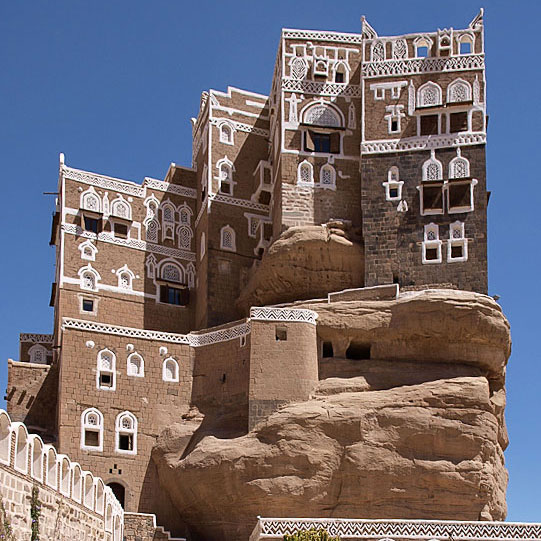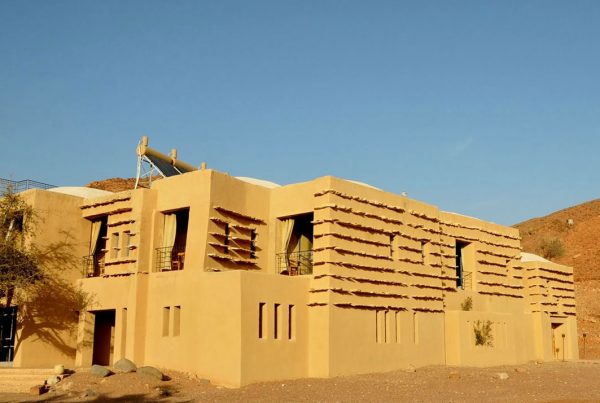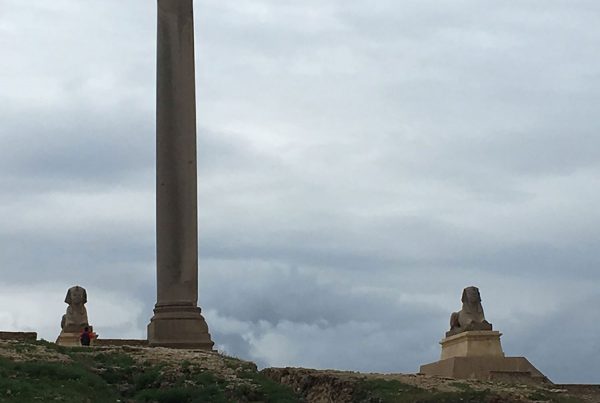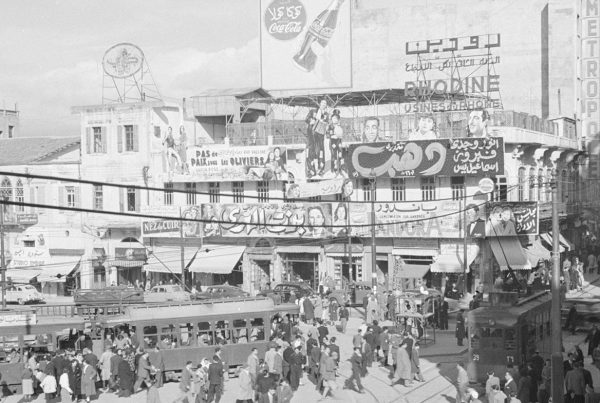Amidst the harsh coastal plains and the austere plateaus, the architecture of Yemen stands out for being colorful without necessarily giving in to foreign influence. Fashionably referred to as the Arabia Felix, Yemen has often evoked a lot of interest due to its unique architecture. As the Arabia Felix, Yemen is understood to be a Happy Arabia. Furthermore, the history of Yemen is rich in culture especially since the Yemeni people continue building in traditional ways hence continuance of the culture. Some of the most common characteristics of Yemeni buildings include multiple storeys, villages on cliffs for defense purposes and thick walls made up of local materials. Largely, the use of local materials served two purposes; to improve the lives of the local and to construct buildings that were suitable to the local climate. Some of the most common building materials used include fired clay bricks, rammed earth, unbaked earth blocks and both random and cut stones.
Arguably, Yemen has one of the most unique architectural heritage. This is because the local builders are not distracted by elements such as technology and modernity but instead, design and build the buildings based on the location, geography, available materials, and the climate. Foreigners coming to Yemen attempted to introduce concrete buildings in the name of progress, but such attempts failed since the concrete walls would be too thin and the buildings would be either too hot or too cold. Furthermore, maintenance meant significant spending hence another reason for the popularity of the traditional Yemen infrastructure which is relatively cheaper to maintain and more appealing. Notably, most buildings in Yemen are known for their thick roofs and walls which help to retain heat during the day and keeping the habitats warm during the nights.
In most buildings in Yemen, the building materials are rich in color. This is especially the case where red bricks are used as the main construction material. Notably, the mud bricks are handmade and later baked in the sun hence their red color. The love of color is also evident in buildings such as the Buqshan hotel located in Khaila, Yemen as well as the Funkiest House in El Alto. Irregardless of the fact that the Buqshan hotel located in Khaila was constructed in the mid-1950s, barely any renovation work of the hotel’s structure has been required in more than 50 years. This is probably because of the uniqueness of the structure which includes mainly mud bricks. However, some adjustments which include the remaking of the ornaments and the decorative paintwork have been made. The hotel is painted in pastel colors which vary in scale.
Buildings made from earth or mud are often considered unsophisticated or backward. However, this is not the case with Yemeni architecture. While recreating the colonial architecture in Indonesia and India, the Yemeni builders reflect this in the classical motifs made of mud. Furthermore, the Yemeni people are known for reusing earth from destroyed buildings which reduce the cost of building materials. Undoubtedly, the architecture of Yemen reflects the pictorial quality and extraordinary artistic qualities. However, the colors are more preferred on the outside than on the inside where the exterior of many buildings contains ornamentation and patterns resembling jeweler, textiles and even elements such as snakes and stars as the key themes.
In Yemen, the ornamentation goes beyond walls. On most roofs, there is a cover made up of clay and lime which are mixed to make up a waterproof cover. On the other hand, some builders may opt to use fired bricks, with or without dung depending on the desired degree of redness on the brick. To enhance the colors, the windows were made up of deeply colored stained glass. Contrary to the assumption that locally available materials are easy to come by, the materials used for construction in Yemen require a lot of work. An example is the burning of gypsum rich rock in order to produce plaster, the white powder which is vital for decoration of both the traditional mud and contemporary stone houses. On the other hand, the decorations and patterns differ from one building to the next depending on the function and the tradition. In other instances, the color of buildings is determined by a locally established code.
Despite the fact that the Yemeni people have often resisted foreign influence in their architectural designs, contemporary buildings have been emerging where chemical paint pigments from the West are used for decorative purposes. However, these colors are known to be a pale imitation of the rich traditional colors. Regardless, mud-brick architecture remains the most popular and common approach to construction due to the low cost and the minimal impact on the environment. Since Yemen is prone to high temperatures, mud bricks remain one of the most suitable building materials due to the high heat capacity as well as the low conductivity as compared to concrete buildings. While the modern concrete buildings are explicit in their artificial colors, the traditional brick designs can be argued to be the richest in terms of color since it was naturally made hence easy to maintain. While the foreign influence may continue altering the architecture of Yemen, the use of red mud bricks is likely to continue amidst these changes.










